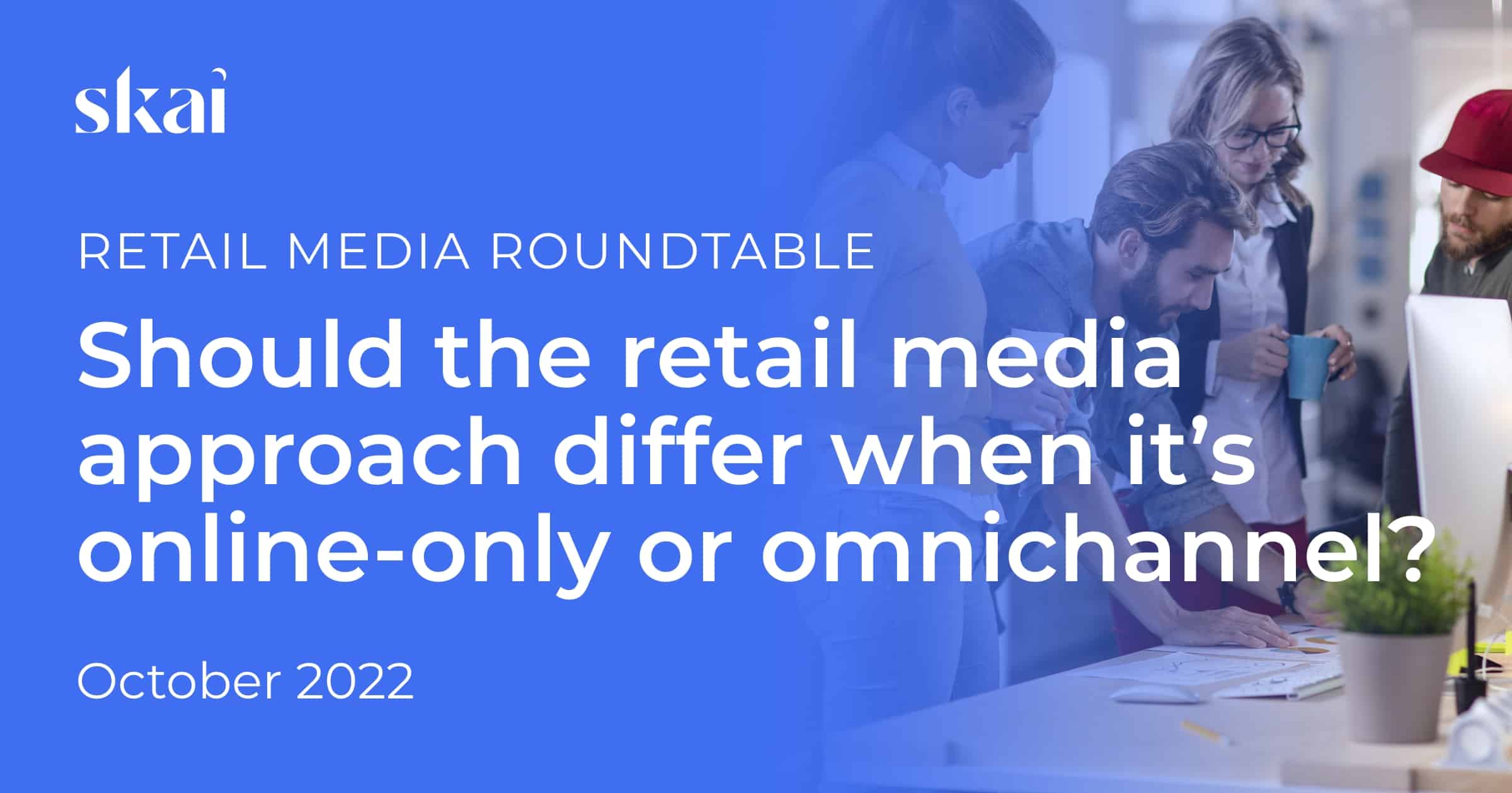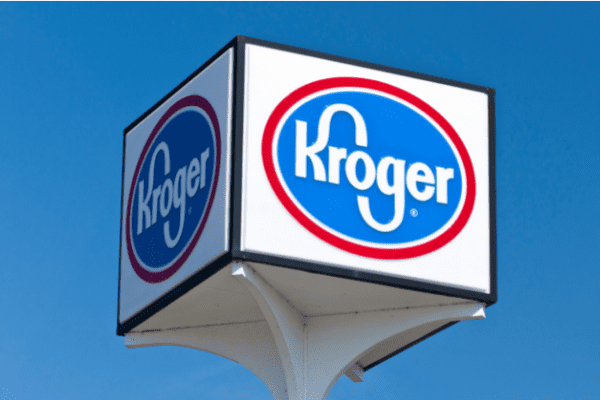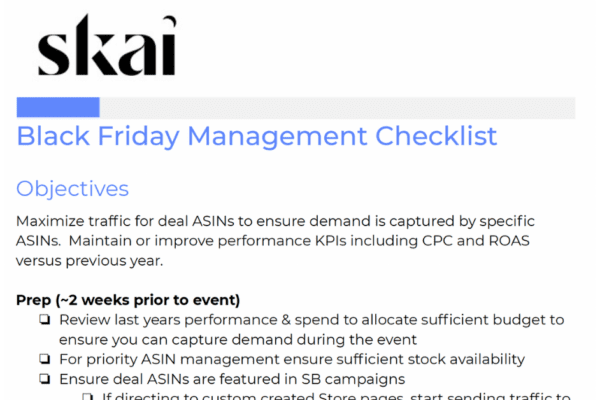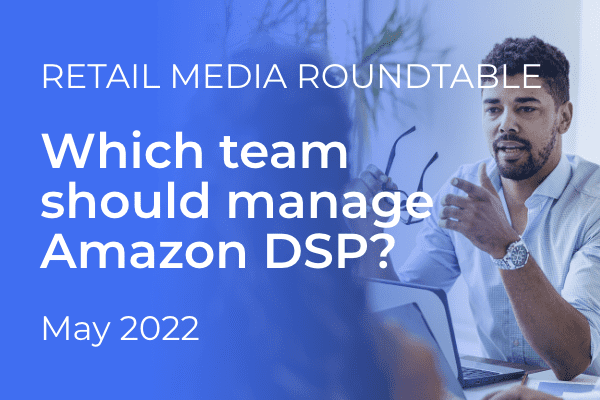
While there are different ways to segment advertising channels, when it comes to retail media, one of the obvious distinctions is with the retailer publishers. Specifically, are they online-only (i.e. Amazon for the most part) or omnichannel (i.e. Walmart, Target, etc.)
For the most part, the fundamental campaign management tasks are very much the same—choosing products to promote, bidding on keywords, etc. But, strategically there certainly is a difference if you’re working with a retailer with a brick & mortar presence versus one that just has a web store. After all, retail media advertising with an omni-retailer may help boost offline sales.
But couldn’t retail media with online-only retailers also boost offline sales in physical stores? Probably. We know that Internet retailers have become one of the first stops for consumers to begin their purchase research. It’s hard to imagine that your Amazon Ads don’t drive sales in-store. There has to be some influence.
How do you approach your retail media with online-only or omnichannel retailers? The same? Differently? If so, how? In this month’s post, we ask our experts what they do.
Do you have any burning questions you’d like to ask our expert panel? Would you like to contribute to this series? If so, please reach out to our content director, Josh Dreller, at joshua.dreller@skai.io.
Retail Media Roundtable question
October 2022
There are arguably two “flavors” of retail media:
with online-only retailers or with omnichannel (online + offline) retailers
Question: Should the retail media approach differ when it’s online-only or omnichannel? If not, why? If yes, then how? Tech structure? Budget? Priorities? KPIs? Strategy?
Matt Strietelmeier (Director, Marketplace Advertising @ Stella Rising)

This month’s Retail Media Roundtable question is very timely for me. I’m currently running Walmart Search campaigns for a brand in which the client’s internal team structure is holding back the growth of the brand on Walmart. There is one team responsible for driving online revenue and another team responsible for driving in-store revenue. Given that our Walmart campaign performance is very strong, we’ve recommended increasing our search campaign spend.
While our campaigns are having a positive impact on overall revenue growth on Walmart, a significant percentage of that revenue growth is occurring in-store rather than online. The online team doesn’t want to increase spend that will drive revenue that doesn’t count toward their goal. Our Walmart campaign spend has been held back for that reason.
This siloed team structure is common, and the growth of the brand is held back as a result. Teams should be structured to work towards one common goal, driving overall topline revenue (online & in-store). KPIs should include Topline Revenue & Total ROAS so that budget can be allocated toward the most effective channels. Teams should work together to feed the flywheel and drive overall revenue for the brand.
Ana Alicia Santaella (Product Marketing Director, Commerce @ Skai)

While the retail media landscape continues to gain traction, the competition continues to stack up. So advertisers must consider how to stand out from the competition in their strategy.
For brands that are online only, their experience with retail media is likely mature. They’ve already learned what campaigns provide constant and steady ROAS. They can continue to ensure ROI on retailers with this experience while understanding how much budget can be applied to experimentation. The key for these brands to stand out from the competition is trying new advertisement types and placements. Is their goal brand awareness and retargeting lost sales? Maybe trying DSP display advertisements is the right next step. They can even do so with Skai’s Amazon DSP product or custom solutions for Walmart and Trade Desk.
For brands that are both online and offline, their experience with retail media may still be relatively nascent. They’re unsure where to increase retail media investments and are navigating budgets offline and online. The key for these brands is to recognize the power of loyalty data, targeted placements, and scaled reach, and that consumers interacting with these ads are nearly or right at the point of purchase – a sure bet on ROI. So is their goal to boost category share? They should take a look at their SOV with tools like Skai’s Competitive Insights and understand where they’re missing share, who is against them, and the relationship between organic and paid efforts. Then they can change their strategy per retailer accordingly.
While the approach of an online-only strategy might differ from that of an online and offline, the goal always remains related to performance and ROI. Given the promise of retail media, advertisers should continue to capitalize on the growth of retail media and leverage the right tools strategizing against their maturity level and brand goals.
Connected commerce = retail media in an omnichannel approach
As part of Skai’s omnichannel marketing platform, our Retail Media solution empowers brands to plan, execute, and measure digital campaigns that meet consumers when and where they shop. Built with best-in-class automation and optimization capabilities, our unified platform allows you to manage campaigns on 30+ retailers including Amazon, Walmart, Target, and Instacart all in one place.
Client results include:
- 461% increase in Amazon Ads ROAS and 57% increase in page traffic for Bondi Sands
- 92% increase in share of voice on Amazon for a Fortune 500 CPG brand
- 72% increase in revenue for VTech
- 1,390% year-over-year sales growth for Kamado Joe
To learn more about Skai’s omnichannel solutions—please schedule a quick demo today!






